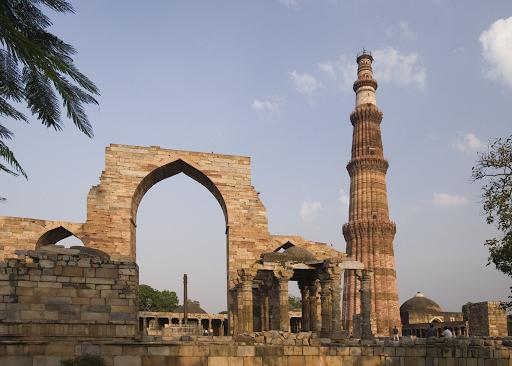Content Delivery Network (CDN) is an important thing in the world of internet, to render or deliver the content faster to users. CDN Checker of CDN Planet is a good online tool to quickly check and find the which CDN is being use by a website. Using CDN cheker, with the help of website URL or domain name of website we can easily check the CDN use by a website. Following are the process steps to find the CDN.
1. Open CDN Checker (https://www.cdnplanet.com/tools/cdnfinder/)
2. Put the resource URL or website domain or website address to check the CDN
3. Select respected option from Website or Hostname/URL
4. Click on Run CDN Finder button
Below is an sample screenshot.
 |
| CDN Finder/ CDN Checker |
